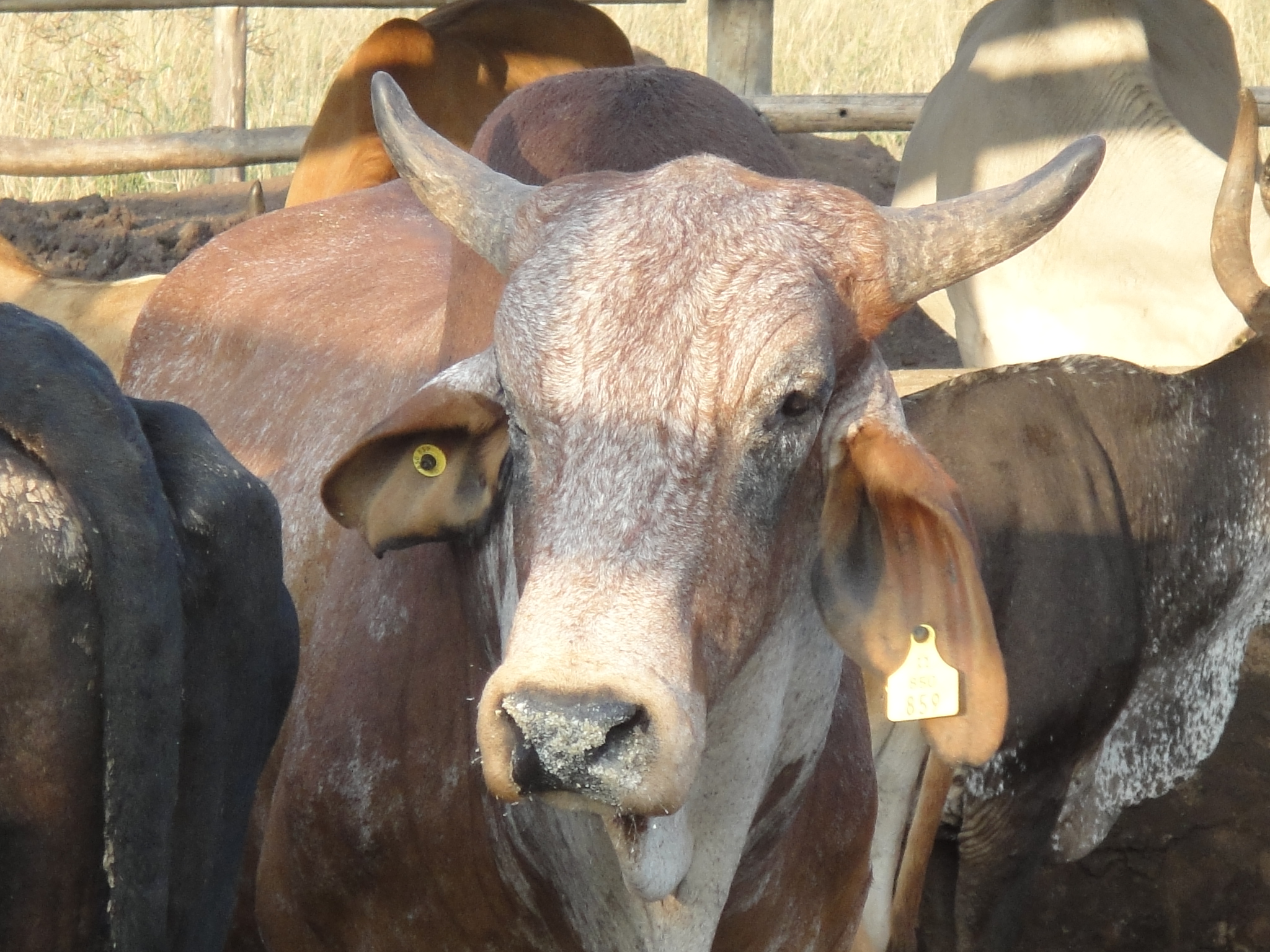Given the importance of both the livestock and wildlife sectors to (rural) economies and (social) cohesion in many countries across southern Africa, the SADC Livestock Technical Committee recently organised a broad consultative forum, exactly four years after the milestone Kasane meeting (November 2008, northern Botswana), in order to review research outcomes, national and regional policies, international standards and best practices in the management of animal diseases at the livestock – wildlife interface, under the header : “Reconciling Livestock Health and Wildlife Conservation Goals in Southern Africa: Strategies for Sustainable Economic Development.” This 2012 meeting took place in the Gaborone suburb of Phakalane and was attended by more than 100 participants from various backgrounds, i.e. wildlife, animal health and animal production stakeholders in southern Africa. Co-organised by the AHEAD initiative of the Wildlife Conservation Society (WCS) speakers were drawn from the SADC Member States (national research and veterinary/wildlife authorities) as well as supranational, regional and international institutions, i.e. SADC-Secretariat, FAO (ECTAD), CIRAD, BVI, OVI, USDA-APHIS, WCS, etc. The OIE was represented by the two Chairpersons of the two OIE standard-setting commissions for terrestrial animals, Dr. Alejandro Thiermann for the Code Commission and Dr. Gideon Bruckner for the Scientific Commission for Animal Diseases. Most topics focused on foot-and-mouth disease (FMD) prevention and control in the context of the establishment and/or management of trans-frontier conservation areas (TFCA’s) such as the Greater Limpopo TFCA and the recently established Kavango-Zambezi (KAZA) TFCA. The first day of the programme was devoted to presentations on on-going research in the region. Participation was very active and there were 13 presentations made by African researchers and graduate students. Several papers looked at molecular biology and topotypes of FMD virus. There were also several papers on the application of modern diagnostic techniques. However, they indicated to be considerably more expensive than traditional ones and of little practical application for the more critical needs of FMD epidemiology in the region.
Group photograph. Picture © AHEAD/WCS (2012)
The second day was dedicated to the challenges surrounding the TFCAs and how to deal with the need for new and sustainable approaches to livestock production and wildlife conservation goals in TFCAs. There were very good presentations on the current status, challenges and opportunities for TFCAs in the SADC region, as well as the examination of various trans-boundary animal diseases (TADs) relevant at the livestock – wildlife interface, beyond FMD alone. At the end of the three-day meeting, participants adopted the Phakalane Declaration which will provide broadly supported guidance to the SADC Secretariat and its political governance structure on the way forward.

